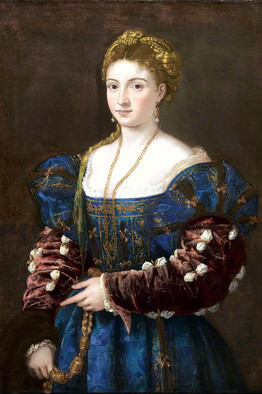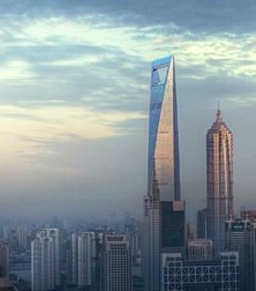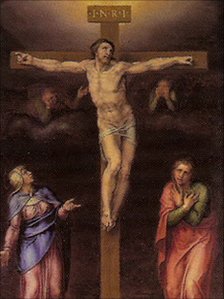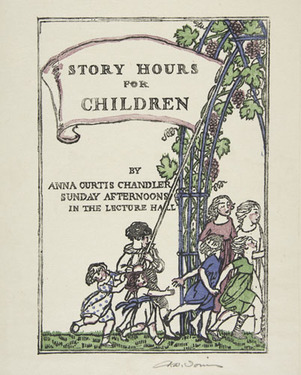 No, I haven’t lost all sense of the news. I’ve been away for the last five days, on a short vacation to Iceland (pretty good timing, wasn’t it — considering the temperatures reached in NYC while I was away. It was just luck — the trip was booked weeks ago). For the curious, I’ll post a little about Iceland art in a few days, once I upload photos (which comes after I unpack).
No, I haven’t lost all sense of the news. I’ve been away for the last five days, on a short vacation to Iceland (pretty good timing, wasn’t it — considering the temperatures reached in NYC while I was away. It was just luck — the trip was booked weeks ago). For the curious, I’ll post a little about Iceland art in a few days, once I upload photos (which comes after I unpack).
Meantime, let me just share a very short article that I had in Saturday’s Wall Street Journal, a “Backstory” on the Icons page headlined: A 1530s Italian Fashionista Comes Clean, Takes Tour.
It’s about Titian’s famous La Bella, on loan from Italy, which started a three-museum tour at the Kimbell in Fort Worth on Friday. AKA Woman in a Blue Dress, she has recently been cleaned of varnish, and as Kimbell director Eric M. Lee told me (this was cut from the story), “you’ll see the painting afresh even if you know it.”
After the Kimbell, La Bella goes to the Nevada Art Museum in Reno and then to the Portland Art Museum in Oregon.
Lee reports that the Kimbell had a “packed house” over the weekend.
Regular RCA readers know that I love these one-paintings shows, built around masterpieces, and Titian’s women are mostly masterpieces.
Photo Credit: Palazzo Pitti, via the Kimbell Art Museum


 The 12 by 27-inch painting was found hanging in Campion Hall, a student residence at Oxford University. Titled “Crucifixion With The Madonna, St John And Two Mourning Angels,” it was puchased at Sotheby’s in the 1930s, and Italian scholar Antonio Forcellino says it has been misattributed. According to a
The 12 by 27-inch painting was found hanging in Campion Hall, a student residence at Oxford University. Titled “Crucifixion With The Madonna, St John And Two Mourning Angels,” it was puchased at Sotheby’s in the 1930s, and Italian scholar Antonio Forcellino says it has been misattributed. According to a  But it was the earlier round of grants that proved to be more interesting. They show how the NEA actually is giving more money to individual artists — as filtered through artists’ communities and residencies.
But it was the earlier round of grants that proved to be more interesting. They show how the NEA actually is giving more money to individual artists — as filtered through artists’ communities and residencies.